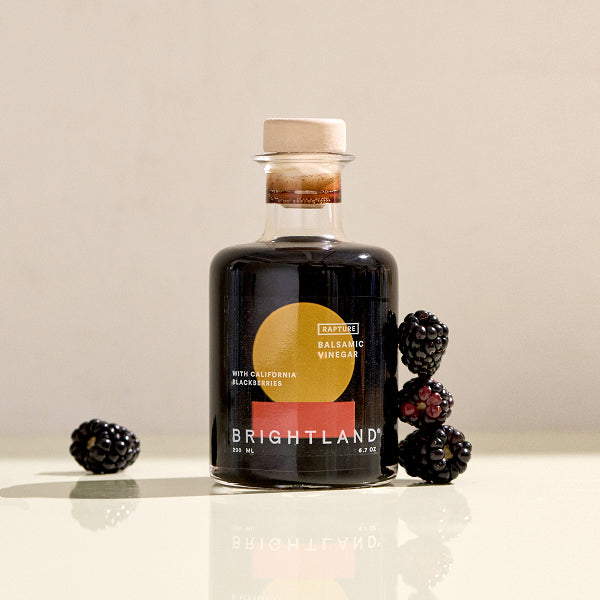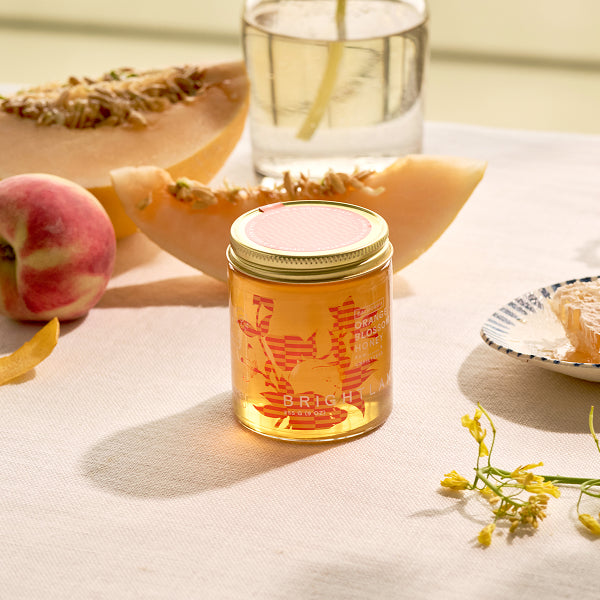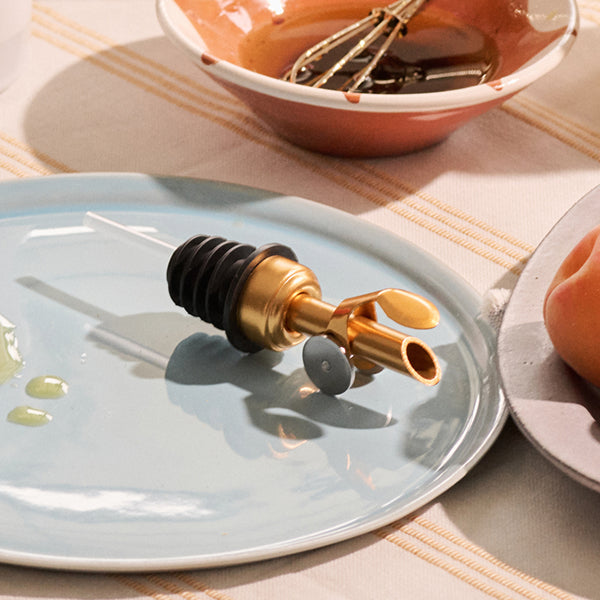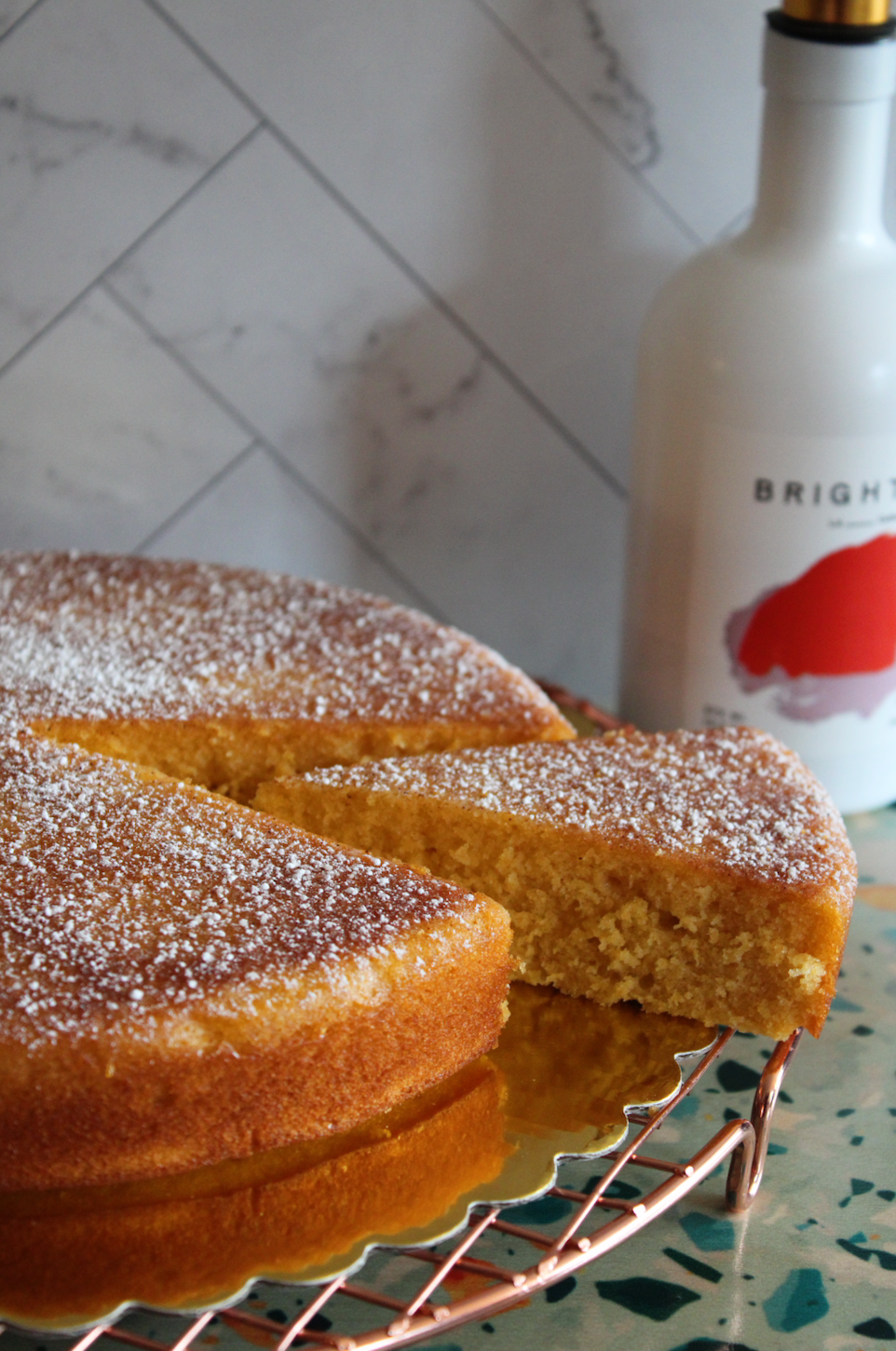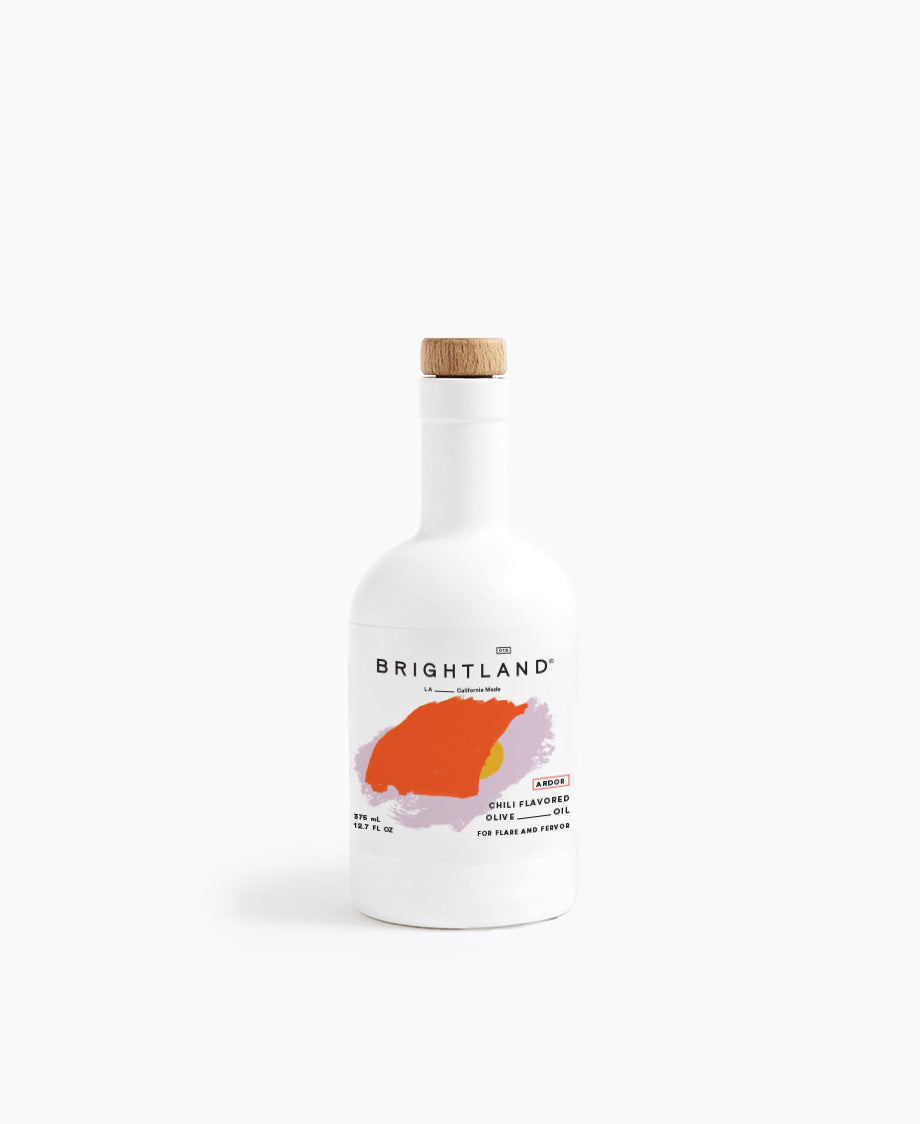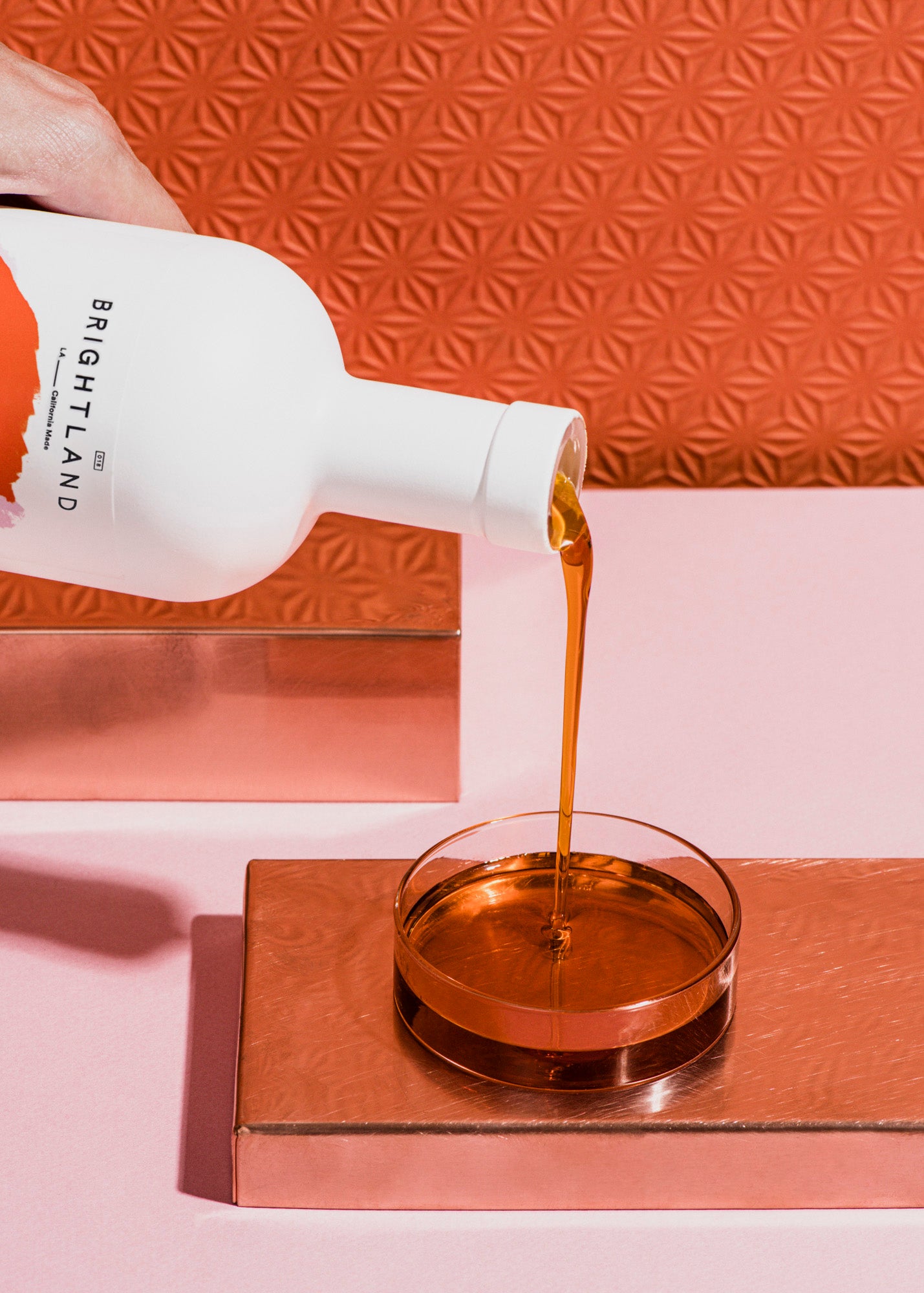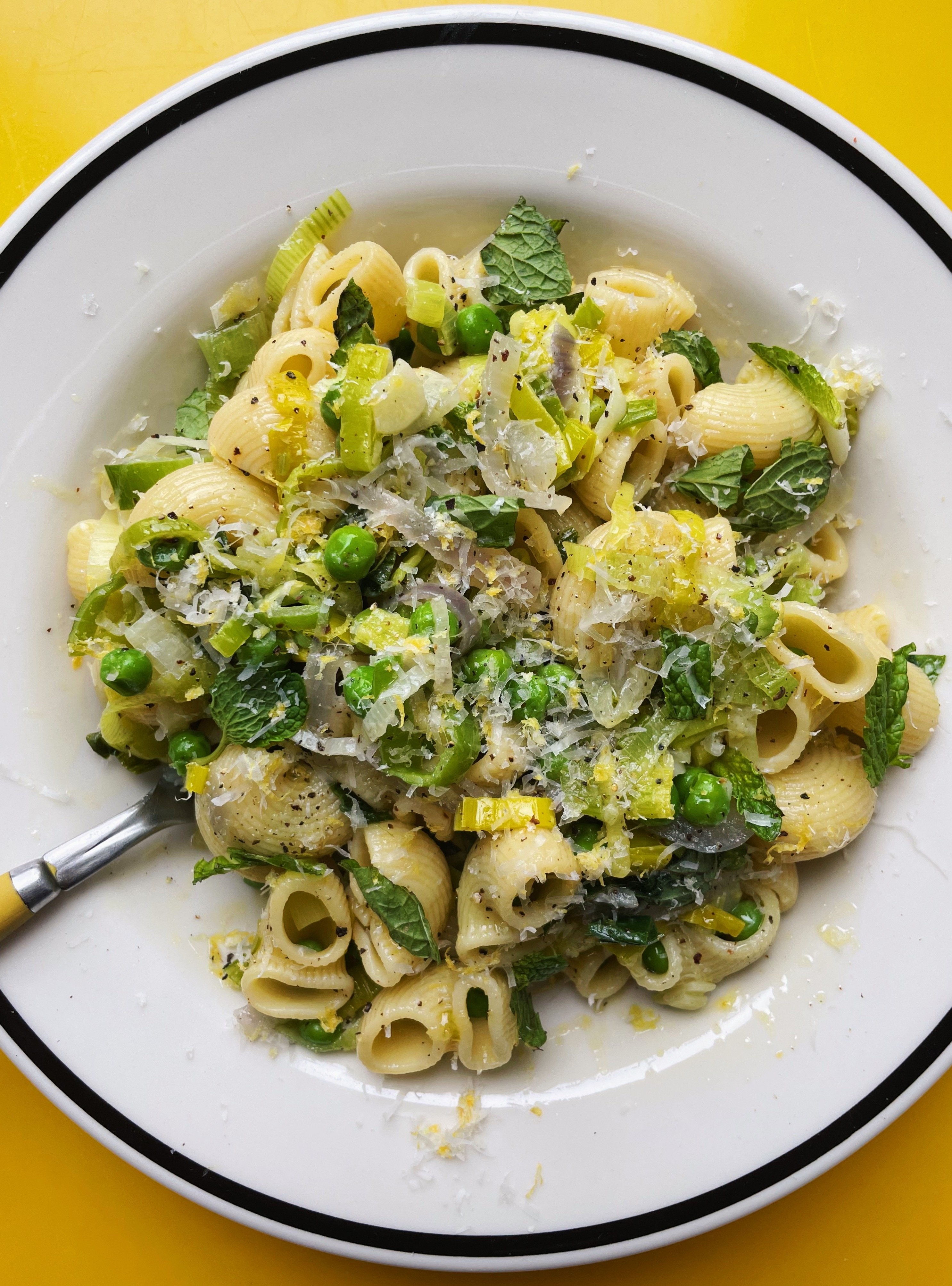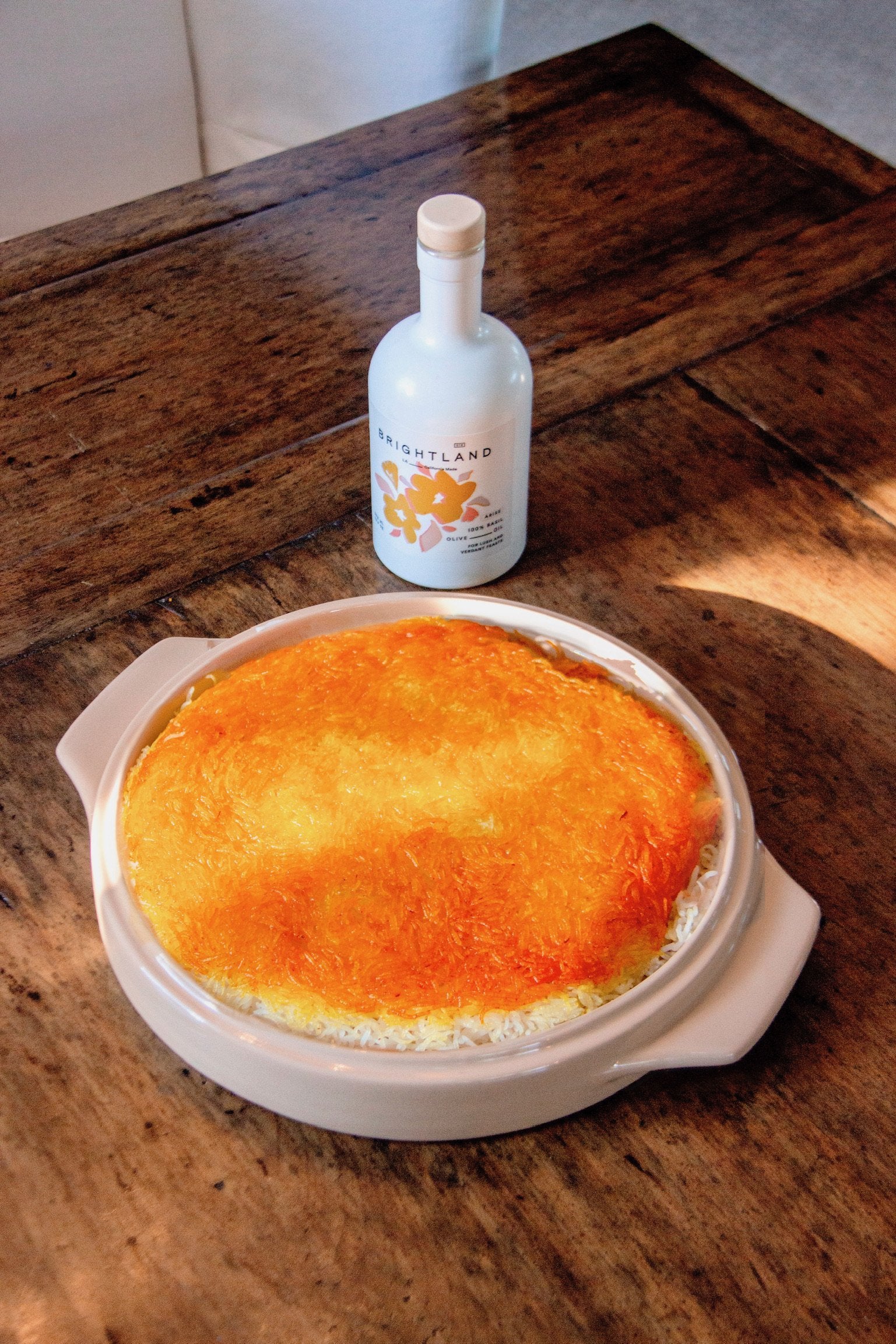This month we are manifesting spring by highlighting bright fare that channels sunnier days ahead. Recipe developer Teresa Finney created a marvelous mandarin olive oil cake with an unexpected twist - our Ardor Chili Olive Oil, adding a spicy kick and sunshiney color.
"This cake is quite spicy thanks to Ardor; a dollop of whipped cream for serving would balance out some of the heat. I had big mandarins, also known as the Japanese dekopon, on hand for this recipe but any citrus will work in its place. As you whisk it into the rest of the ingredients, Ardor will color the cake batter a lovely soft orange-red; someone on Twitter said this cake looks sunny and that is an apt, cute descriptor."
Ingredients
Instructions



